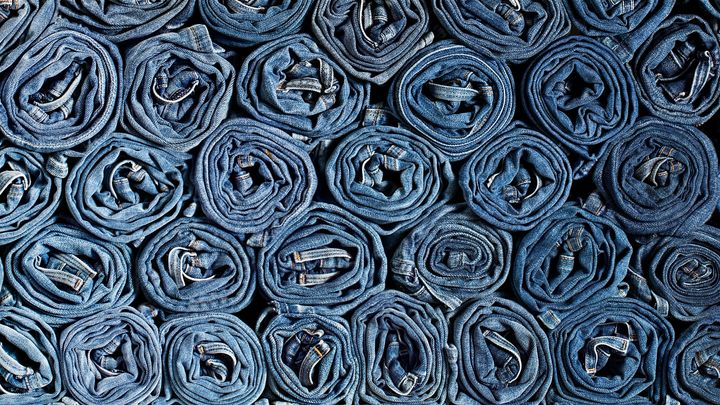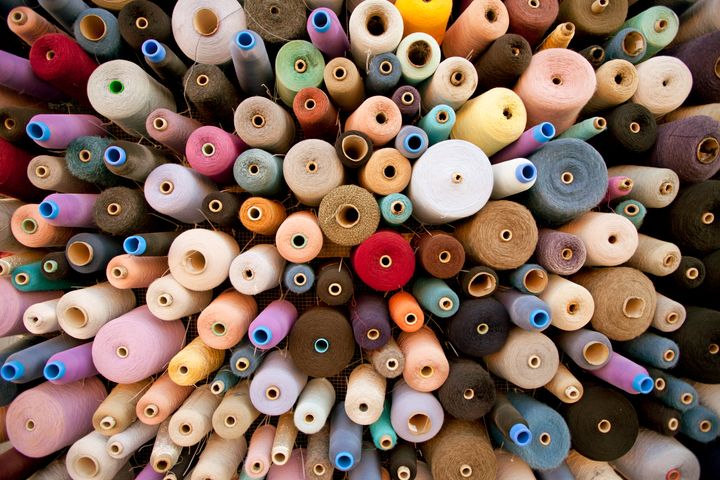Manure couture really could be the sustainable fabric of the future.
In a bid to be 100% sustainable by 2040, H&M has invested in ‘poop fabric’ and four other ecological fashion technologies.
No, it doesn’t smell; yes, it really is made from cow dung.
As part of the brand’s second Global Change Awards, in line with the H&M Foundation, they’ve given grants to five eco-friendly inventions of the future.
Here’s everything you need to know (and our tiny minds have been blown):
1. Manure Couture
According to Refinery29, inventor Jalila Essaidi and her team have created a formula to make a soft fabric from the cellulose found in cow dung. The process itself reduces methane gas (a large polluter on the planet) produced by cow dung.
Essaidi has already created some designs with her label Mestic, resulting in a beautiful, biodegradable textile.

2. Denim-Dyed Denim
The traditional process of dyeing denim requires a whole lot of water and energy. It also produces large amounts of dye waste that can find its way to waterways.
But Xungai Wang and his team have found a method of ‘breaking down’ old jeans to dye new pairs. Wang is so confident in his invention he hopes to significantly reduce the cost, which means cheaper jeans too.

3. Solar Textiles
Using the sun’s rays, Miguel A. Modestino and his team have invented a way of manufacturing nylon using only water, solar energy and plant waste.
Today, creating fabrics for our clothes emits a lot of greenhouse gases. But this new way of doing things binds greenhouse gases into fashion fabrics, instead of releasing them into the air, potentially contributing towards a zero-emissions world.

4. Content Thread
Do you know what your clothes are actually made from? Even if you check your labels, not every component will be listed.
But Natasha Franck aims to change things through a digital tag. The tag, which will be attached to each garment at the manufacturing process, will create a digitised ‘ingredients list’, which gives consumers all the information they need to know. Even better, it makes recycling a whole lot easier.

5. Grape Leather
Producing both real and synthetic leather consumes a lot of water, energy and chemicals. That’s why Rosa Rosella Longobardo worked to find a way to create vegetal leather from the waste formed from wine production, such as grape skins and stalks.
Instead of burning the leftovers from winemaking, which creates carbon dioxide, it becomes raw material in a process that doesn’t need any harmful chemicals.

All of the inventions are in their early stages but we think the future’s fabrics have arrived.